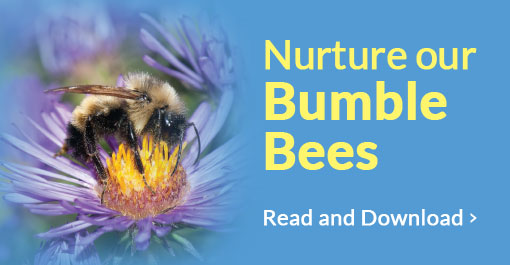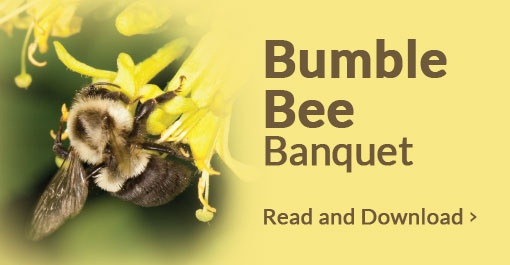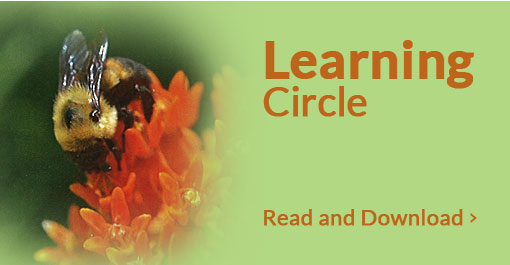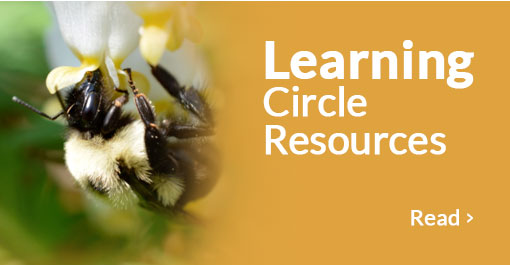Prairie Resources
Historically huge and expansive, currently diminished, fragmented and threatened
Original Extent (pre European contact )
An area of about 17.5 million acres of prairie and 5.2 million acres of mixed savannas extended from the northwestern corner of the state to the southeastern corner. The shorter grasses and flowers dominate the higher driers elevations as well as the drier western range. Elsewhere, on the lower elevations, more moist soils found in the southern part of the state taller grasses and flowers dominate.
Historic Prairie Conversion
A number of historical factors contributed to the rapid conversion of the prairie landscapes to the predominantly urban or agricultural landscape of today:
- John Deere developed (1837) a steel plow that could open the massive prairie turf and promote an agricultural economy that exploited technological advances in food production. Research in agricultural productivity was part of the charter for Midwestern universities.
- The Dakota Conflict (1862) was a culmination of a many decade trend to displace the native inhabitants from the agriculturally rich soil
- The Homestead Act (1862) along with land speculators, businesses such as railroads promoted large scale immigration from the Eastern Seaboard and Europe of eager newcomers
Remaining Prairie / Continuing Threats Today
Only a handful of areas remain today that would be considered high quality, intact prairie. Some of these have been protected by the state or private organizations such as the Nature Conservancy. Less than 150,000 acres of degraded prairie remnants exist today, many are on areas too steep or rocky to plow. Many of the reasons for decline remain current threats today:
- Conversion to crop production or urban sprawl
- Invasion of woody plants in the absence of fire
- Invasive exotic species
- Declining human connection to nature and our natural heritage
The Challenge Going Forward
There are 190 animal species of greatest conservation need (endangered, threatened, or of special concern) that depend on Minnesota prairies or savannas. Of the remaining prairie remnants over 75% are lands that are privately owned.
File: Prairie Resources







